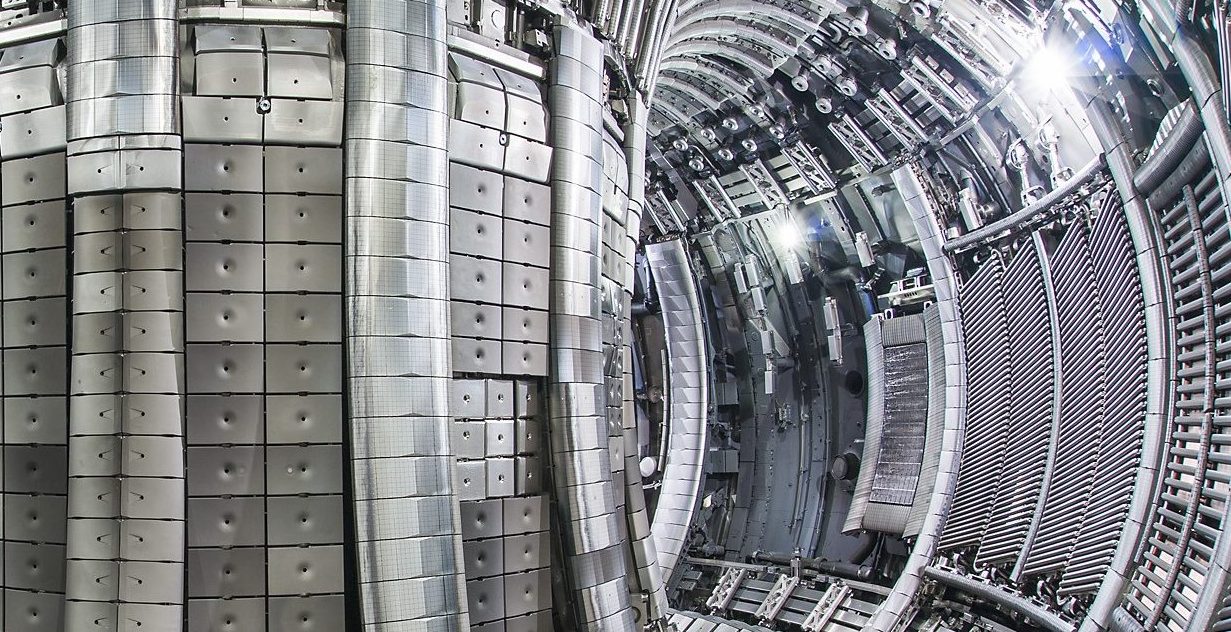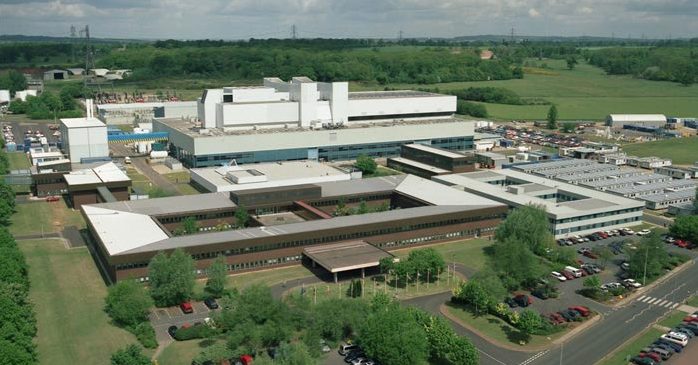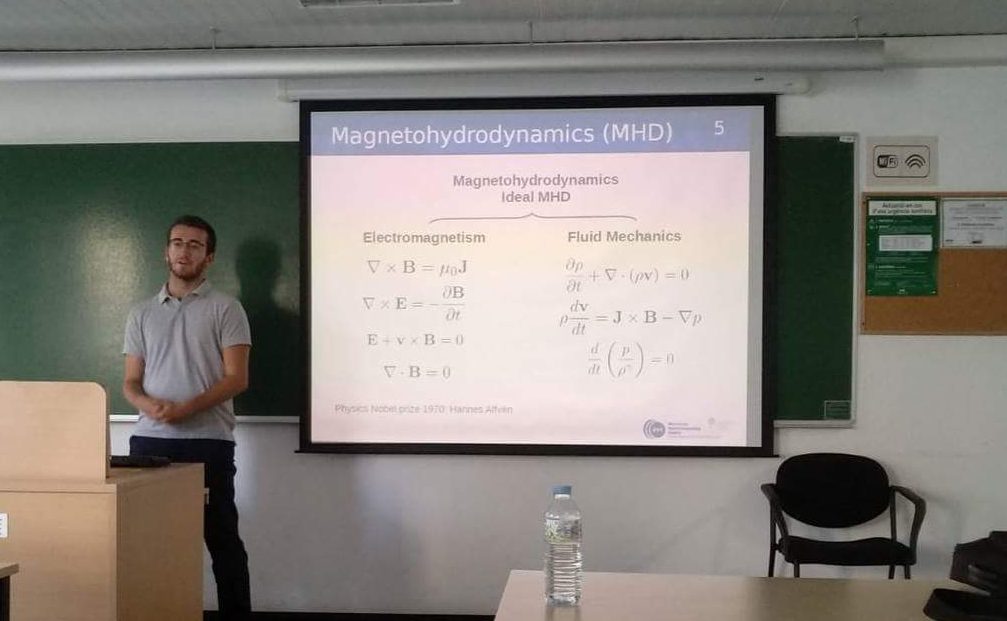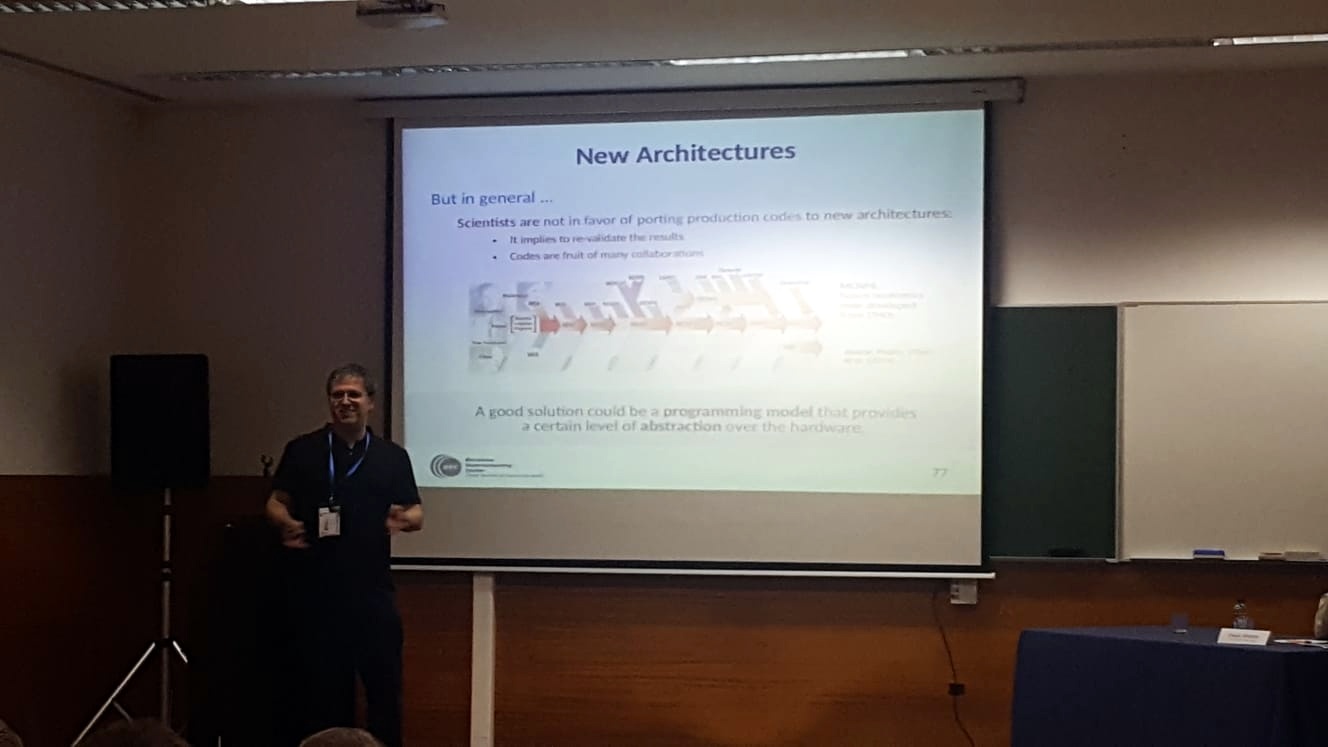
The paper entitled “Modelling of JET hybrid plasmas with emphasis on performance of combined ICRF and NBI heating” has been published by Nuclear Fusion. It advances our understanding of the optimisation of fusion performance of the recent Joint European Torus (JET) hybrid plasmas. The hybrid scenario is an advanced regime of tokamak plasma operation expected to be applied in ITER. It is characterized by a low plasma current Ip which allows operation at a high normalised beta as well as a safety factor at the plasma centre greater than 1 which is beneficial from the plasma stability point of view.
The paper focuses on the impact of neutral beam injection (NBI) and specially ion cyclotron resonance frequency (ICRF) heating on the neutron production rate. The main scheme studied is minority hydrogen (H) in a deuterium (D) plasma with D beams. The modelling takes into account the synergy between ICRF and NBI heating through the second harmonic cyclotron resonance of D beam ions which allows us to assess its impact on the neutron rate RNT. Apart from the D scenario, the deuterium-tritium (DT) scenario is also assessed through an extrapolation of D high-performance hybrid discharges. These results are relevant for the forthcoming DTE2 campaign at JET where one of the goals is to achieve the highest possible fusion performance for a duration of more than 5 s.





